Technology
In all the energy scenarios determined by the Long-Term Energy Planning (PELP, acronym in spanish) of the Ministry of Energy of 2018, the installation of CSP plants in the medium and long term is considered to a greater or lesser extent. This means that this technology would begin to compete with current conventional energy systems based on fossil fuels.
CSP power concentrating solar plants have the ability to concentrate and store solar energy in the form of heat to later generate electricity when required. The generation of electrical energy in this type of plant is carried out with a conventional Rankine cycle (turbine-generator). This means that they use rotating machines that have the ability to provide inertia to the electrical system, which is essential to preserve safety in the event of untimely disconnections of lines and / or generating units. In addition, they have cold start times similar to gas and superior to coal and other characteristics that contribute to the safety and quality of service to the network.
To understand its contribution, it is worth mentioning that conventional electricity generation based on coal and gas has a high plant factor (> 80%), which translates into high availability to provide energy when required. On the other hand, variable renewable energies such as photovoltaic and wind plants reach plant factors of up to 35% and 40% in Chile, respectively. CSP technology, on the other hand, combines the advantages of conventional generation with sustainable energy generation.
There are currently 219 solar concentration projects in the world between development, construction and operation, which add up to more than 9,900 MW. In Chile, the first CSP tower plant in South America is under construction, with 110 MW of power and 17 hours of thermal storage.
Translated from Text Source Fuente: Programa Energías Renovables y Eficiencia Energética – GIZ
Vídeo: Ministry of Energy of Chile
